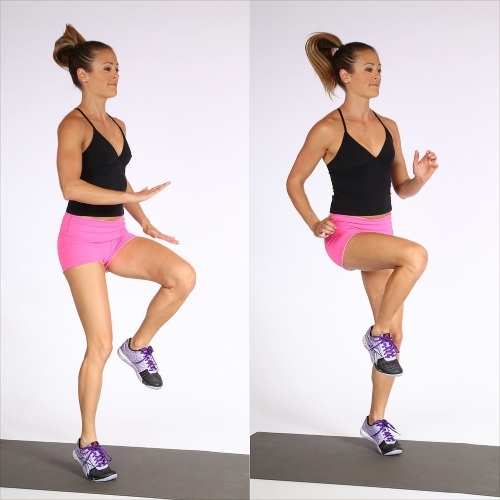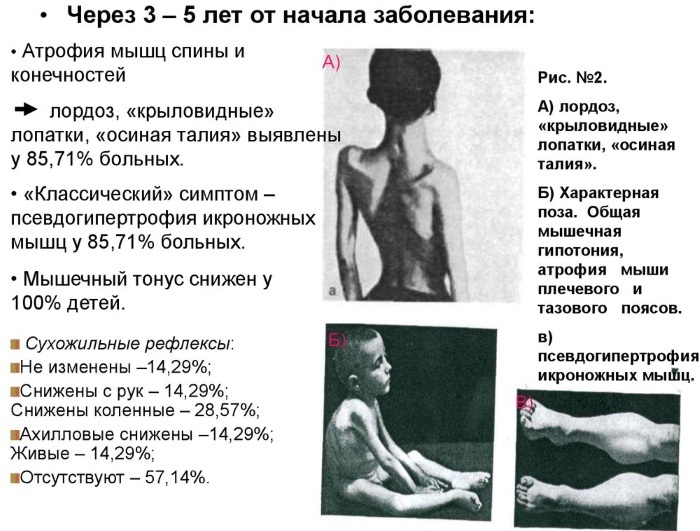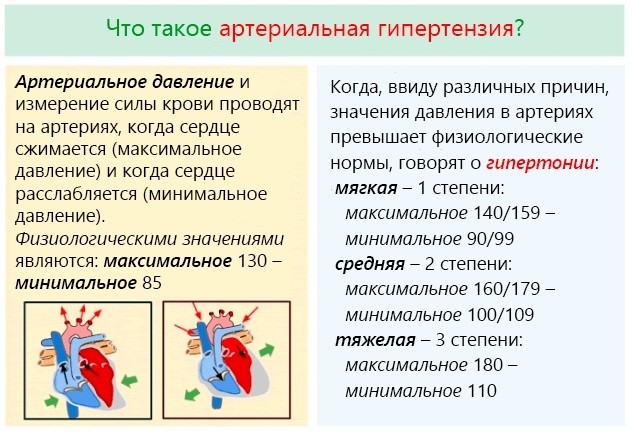Osteoporosis is a diseasethat affects the connective tissue. Most often, the spine is affected, as well as the bones of the legs and arms. Bones with this ailment lose their strength, which provokes frequent fractures. The term "osteoporosis" means "porous bone" or "perforated bone". This disease is often called a "silent epidemic" due to the fact that the nature of the development is hidden.
At the beginning of the development of the disease, the destruction of bone tissue has already started, there are no symptoms, the patient does not complain about anything. And when the disease has already started, the treatment is complex and lengthy. Women at the time of menopause and the elderly are more likely to suffer from the disease.
When the ovaries stop producing estradiol, a hormone that helps retain calcium in the bone. But the development of the disease can become possible if you change your lifestyle and use special exercises.
Record content:
- 1 Essence and basic principles
- 2 Indications for the beginning of use
- 3 Contraindications for use
- 4 Helpful advice for patients
- 5 Main complex
- 6 Fixing the result
- 7 When to expect the effect
- 8 Osteoporosis Exercise Videos
Essence and basic principles
Treatment of osteoporosis with drugs does not always bring relief to the patient. Honored Doctor S. Bubnovsky created a unique alternative to drug treatment - physiotherapy exercises, which eliminates severe stress on the joints and the spinal column.
The complex is selected individually for each person, depending on the age of the patient and the severity of the disease.
Exercises for osteoporosis for the elderly solve several problems at once:
- corrects posture;
- improves blood flow;
- restores damaged joint mobility;
- increases muscle elasticity;
- relieves tension from the discs between the vertebrae;
- normalizes bone nutrition;
- does not allow recurrence of the disease.
Bubnovsky himself faced a serious problem while still serving in the army. After the accident, he learned that he had received serious complications, his spine and joints were injured, and he would no longer be able to move them on his own.
But he did not accept such a diagnosis. As an athlete, he began to actively train, but the pain did not subside. To find a way out, Bubnovsky entered the medical institute, and then developed a technique that he tried on himself, treatment with special exercises.
Bubnovsky's technique is based on the fact that the set of exercises should include:
- aerobics;
- strength exercises;
- charging to achieve balance.
The complex is selected necessarily by a doctor, taking into account the age and severity of the patient's illness.
The most effective method for restoring the working capacity of the spine is the Dikul method. Valentin Dikul is not a doctor, but a gymnast, who in the early 60s of the last century, while performing a dangerous stunt, broke loose and was seriously injured. He received a lot of fractures, including the spine.
The doctors diagnosed her as a disability. But Dikul could not come to terms with his helplessness and began to independently seek a solution to his problem. As a result of his efforts, the unique Dikul system appeared. It was this system that helped the author to get back on his feet and return to the circus arena.
The Dikul system is a set of exercises. The essence of which is to maintain the ligaments and muscles of the back in working order. Dikul treatment includes up to 60 postures and exercises.
Indications for the beginning of use
The main goal of treated physical education for osteoporosis is to improve metabolic processes, normalize bone mineralization, increase muscle mass, and improve balance.
The Dikul system helps in the treatment of almost all pathologies affecting the back and spinal column:
- fractures and severe injuries of the spine;
- Cerebral palsy;
- osteochondrosis;
- scoliosis;
- hernia between the vertebrae.
Exercise therapy for osteoporosis is indicated for all age groups and especially for the elderly.
Physiotherapy is shown to everyone who has problems with joints and bones, because it helps to solve such problems:
- enhance the circulation of lymph and blood in the body;
- normalize metabolic processes;
- strengthen bone nutrition;
- activate the regeneration processes;
- increase muscle tone and strength;
- improve joint mobility, elasticity of ligaments and tendons;
- restore the congruence of joint surfaces;
- maintaining the natural curves of the spinal column;
- helps to relieve pain in acute osteochondrosis;
- improves the general psychological state;
- heals the entire body completely.
Numerous studies have shown that exercising 3 times a week for 1 hour can slow down bone thinning and increase bone density.
Contraindications for use
Exercises for osteoporosis for the elderly are contraindicated in chronic pathology. Patients with recent fractures and those with a history of malignant neoplasms.
Most often, elderly people suffer from osteoporosis, who also have joint problems, therefore, an individual training program is selected for them and it should only be carried out under the supervision of a trainer or physiotherapist.
Helpful advice for patients
An elderly person with osteoporosis is difficult to get to exercise. He is already tired of life, he is worried about constant pain, so he wants to be in a calm position and not strain more. And there are also such clever people who argue that stress is contraindicated in osteoporosis.
But you do not need to listen to advice, but take small steps to healing, taking into account several basic rules:
- during exercise, a person should not feel pain, no overexertion;
- all movements should be effortless, jerky;
- exercises are simple and understandable to everyone;
- classes should become regular;
- each lesson should be increased by 5 minutes, but no more than 30 minutes per day;
- ensure constant monitoring of pressure and pulse;
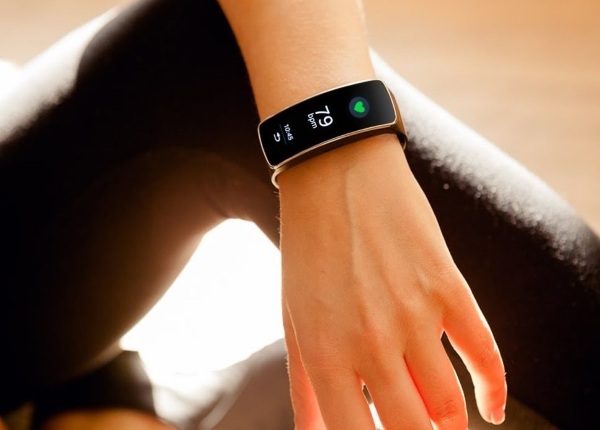
For exercise with osteoporosis, it is better to purchase a fitness bracelet. - be sure to wear comfortable clothes and shoes, no tight pants or T-shirts. Clothes should not hinder movements, should not interfere with the muscles to do their job;
- when doing exercises on the floor, use a special rug or soft blanket that will help reduce the pressure on the bones;
- if the condition does not begin to improve after 7 days of classes, then the set of exercises is chosen incorrectly;
- exercise does not replace medication, but only complements it.
If you follow all the rules, then the result will be positive.
Applying the Dikul system, you need to follow the following rules:
- physical exercise will not work if you do not apply perseverance, emotional stability and confidence;
- the muscles themselves should "want" to return to tone, the exercises will only give an impetus, so the exercises should be regular;
- exercises are always performed in one sequence, they are performed slowly, without tension;
- be sure to learn to hear your body, always perform the whole complex;
- after completing 1 approach, you need to rest for a couple of minutes and repeat again.
Main complex
With osteoporosis, physical therapy may include the following types of activities:
- walking at a moderate pace on a flat surface or stairs;
- swimming;
- aerobics;
- a simple complex on simulators;
- bicycle riding;
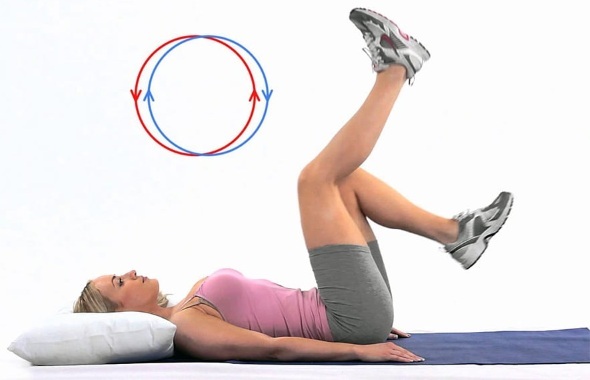
- yoga;
- a special complex developed by Bubnovsky or Dikul.
When planning an exercise plan for osteoporosis treatment, it is important to remove all sudden movements. This is why more exercise should be done while lying down. There should be no more than 8 repetitions in the first week, and then add 4 more.
Initially, you need to start charging with a slow walk for 15 minutes, after a quarter of an hour you need to rest.
The table below provides a list of exercises for the spine, arms, legs, knees:
| For what bones | Useful gymnastics |
| For the spinal column | The complex is performed in a horizontal position on a solid surface:
|
| For the pelvis | Sit on a hard surface on your stomach:
Stand tall on the floor:
|
| For knee | Take a vertical position:
Take a sitting position on a firm surface:
|
| For hands | Sitting on a chair:
|
Exercises for osteoporosis for the elderly are performed at a slow pace, you cannot hold your breath, after each exercise, rest for about 60 seconds.
Lie on the floor and relax:
- bend and unbend the feet, hold the bent foot for 10 seconds, then straighten it;
- put your palms next to the body, arms straight, press on the floor for 10 seconds, then relax;
- alternately bend and unbend your knees, sliding your feet on the floor;
- legs straight, straining the muscles, try to press your legs into the floor;
- bending your knees, spread them apart;
- stretch the arms and legs in opposite directions, trying to stretch the spine as much as possible so that slight fatigue appears.
Regular exercises for half an hour 3-4 times a week will help increase bone mass by 5% and slow down the course of the disease. You can start classes at any age, the main thing is to choose the right set of exercises that will not impose a serious load on the weakened skeleton.
Sergey Bubnovsky developed his own method for people after 50 years:
- lying on your back, arms along the body, bend the feet and hands, linger for a couple of minutes, straighten again;
- lying on the floor, strain and relax the muscles of the thigh;
- while remaining lying on the floor, bend your elbows and lean on them, freeze for 5 seconds;
- lying on the floor, bend your knees, inhale to raise the pelvis, exhale to lower;

- roll over on your stomach, bend your arms and put them under your chin, alternately raise your right and left hand.
For osteoporosis of the femoral neck, the following exercises are used:
- lying on your back, arms along the body, raise your straight legs and cross, return to the starting position; lying on your back, spread your legs shoulder-width apart, pull your socks towards you, lower them down to the floor;
- bend your legs and press them to the body while lying on the floor.
Any disease, including osteoporosis, can be prevented.
There is a special complex that can be used for preventive purposes:
- relax and strain the muscles of the back and lumbar spine;
- stretching the muscles of the legs, performing swings, bending and circular movements;
- smooth torso bends;
- the use of the muscles of the hands;
- strengthening the abdominal muscles;
- work with the muscles and bones of the upper and lower extremities.
You can prevent the disease and slow down the process of its course if you combine regular exercise, proper nutrition and completely abandon bad habits.
There are a number of exercises that people with osteoporosis should not use. You need to avoid running, sharp bends, jumps, squats, limit the number of turns at the waist. You cannot work with a barbell, dumbbells and weights. It is worth playing tennis and golf with caution.
Fixing the result
Osteoporosis exercise for the elderly will only be beneficial when combined with other treatments. Medical therapy is required. Women during menopause are prescribed hormonal agents that will compensate for the lack of estrogens, which are actively involved in the structure of bones.
Treatment is long and requires strict adherence to the schedule of taking medications. Pain relievers are prescribed if osteoporosis is painful. To restore bone tissue, drugs with calcium are prescribed, vitamin D for better absorption. It is imperative to ensure that at least 1500 mg of calcium per day gets into the body.

Osteomed is considered a good drug, which helps to speed up the healing of fractures, improve the condition of hair and nails. It contains calcium citrate, which is 30% better absorbed than carbonate.
It effectively fills the voids that form under the destructive action of osteoclasts. Its effectiveness has been proven in practice in the treatment of: arthritis, arthrosis, periodontal disease, periodontitis, osteochondrosis and other ailments that have affected bone tissue.
You should also review your diet. It should be dominated by foods with a high level of calcium: legumes, nuts, fermented milk.
For calcium to be better absorbed, he needs the help of vitamin D. Its greatest amount is produced by the body under the influence of ultraviolet radiation, so in the morning hours you need to take an hour-long walks in the fresh air. Food products will help to fill the lack of vitamin D: raw egg yolk, oily fish and its liver.
When to expect the effect
Exercise therapy for osteoporosis has a complex effect on the entire body. Classes activate the activity of bone cells, stop destruction and have a positive effect on the process of bone formation.
With the systematic use of a set of exercises, it is possible to strengthen the musculoskeletal system and reduce the risk of complications.
The first results should appear within a week after the start of treatment, if they are not there, then another complex is selected. You need to do at least six months. To get a lasting result, but this period of time is individual for everyone, because it all depends on the complexity of the course of the disease and associated diseases.
Exercises for osteoporosis for women, men and the elderly, performed systematically, have a positive effect on the entire body. To achieve the effect, it is important not only to perform therapeutic exercises, but also to reconsider your lifestyle. It is important to perform the entire complex under the supervision of a trainer or physiotherapist so as not to cause harm.
Osteoporosis Exercise Videos
A set of exercises for osteoporosis:

